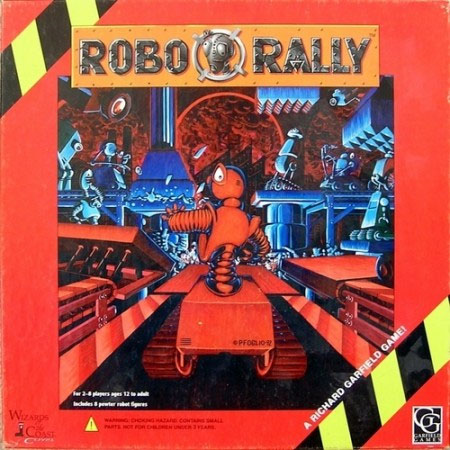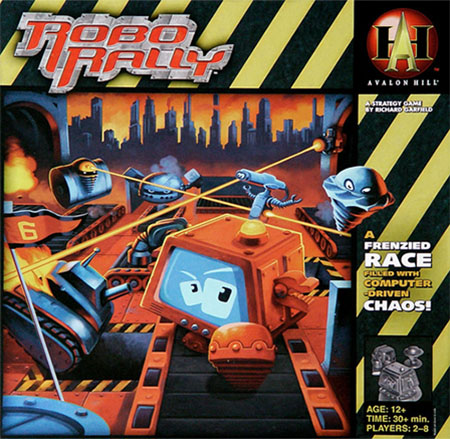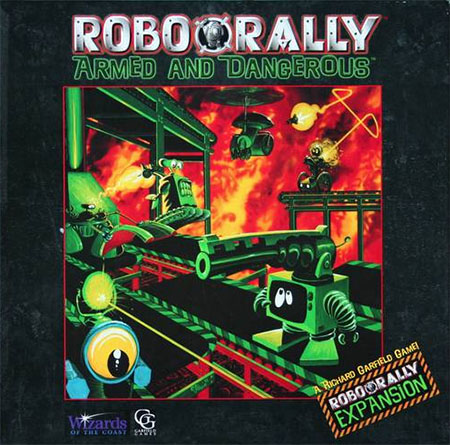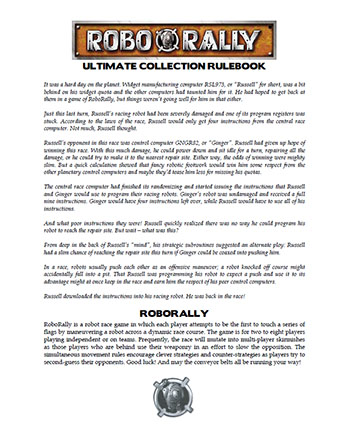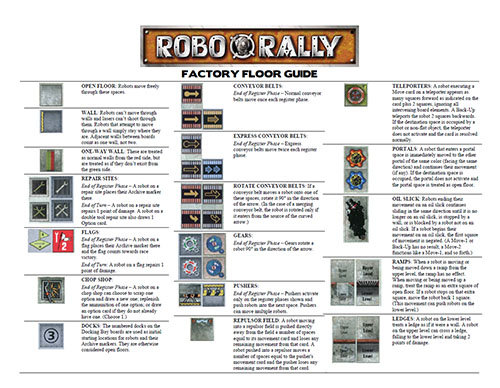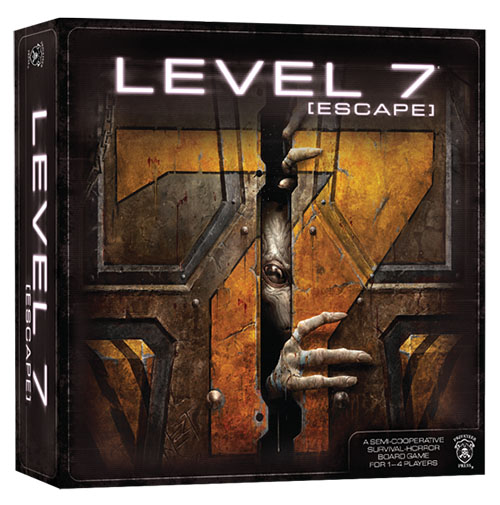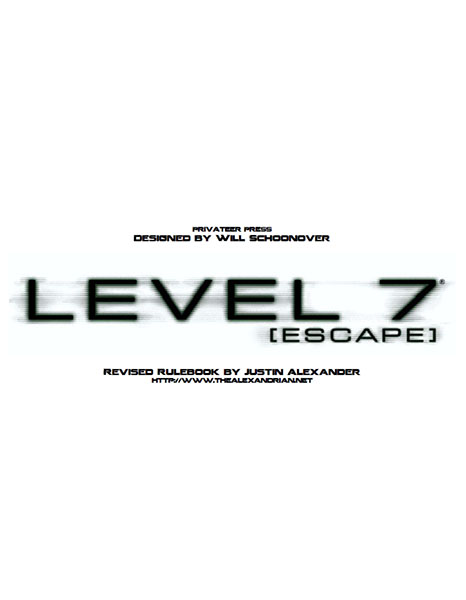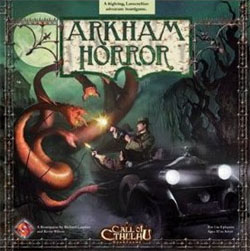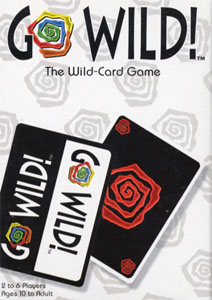Tagline: Very clever? Indeed.
 The first question which must be addressed here is: Why is The Very Clever Pipe Game so expensive?
The first question which must be addressed here is: Why is The Very Clever Pipe Game so expensive?
Those of you unfamiliar with Cheapass Games are probably doing a double-take. Expensive? But, Justin, you listed a price of $7.50! Did you leave a couple digits out or something?
Nope. Cheapass Games has earned itself a cult following in this little industry by producing highly intriguing game concepts on cheap materials. Instead of packaging their game in cardboard boxes, with glossy cardstock, and customized playing pieces, they present it in a handsomely decorated white envelope, with playable cardstock, and expect you to provide your own playing pieces (haul out that Monopoly or Sorry box from the closet and use the pieces from that). As a result they can charge a fraction of what other companies would for the same games, while still maintaining a level of professional quality (crisp artwork, clear presentation) which many others in this industry should aspire to.
So $7.50 is a little bit out of their normal price range (which seems to average in the $4-5 range). The reason is simple: The Very Clever Pipe Game features some highly detailed, computer-rendered art. They need a glossier cardstock for the images to be effective. Plus there are 120 cards in the deck (more than normal), so that adds to the cost as well.
But what is this game? I’m glad you asked. Let’s take a peek at the caption text: “Yeah, yeah, yeah. You’ve seen pipe games before. But not like this one.”
What’s different? Again, I’m glad you asked. The Very Clever Pipe Game, at its first level, is like every other pipe game you’ve ever played: Each card is marked with white and black pipes. One player is “white” and the other player is “black”. They play cards in an alternating sequence, with each player attempting to “close off” a pipe sequence of their color (while, obviously, preventing the other player from closing off pipes of their color). They do this by connecting the pictures of pipe on each card end-to-end (by matching color) until they can apply an end-cap or loop the pipe around on itself. In other words, if you imagine water flowing through these two-dimensional pipes, and that water has no place to escape, then the pipe is closed off. Closed off pipes are removed from the game, and the player with the most cards at the end of the game is the winner.
That’s Level One: “Basic Pipes”. But then The Very Clever Pipe Game adds three more levels. (Excited yet?)
Level Two is known as “Basic Fields”. In the background of each card (behind the pipes) is a field – think of it kind of like the floor of the factory through which these pipes are installed. There are “light” fields and “dark” fields, and once again the players take one of each. Playing in alternating turns they attempt to form closed sets of fields by surrounding one of their fields (which can, of course, spread across multiple cards), completely with fields of the other color. A closed field is removed, and like with the Level One game, the player with the most cards at the end of the game wins.
Moving on to Level Three: “Pipes & Fields”. Basically you follow all the old rules, but you mix-and-match players between playing pipes and fields (you can now have up to four players in toto).
(At this point there is also a Level 3.5, which is basically a team variant for Level 3.)
Finally, Level Four: “Deck Tuning.” In the first three versions each player was dealt a hand of 20 cards from the 120 card deck. These are shuffled and hands of five cards are dealt off the top of each individual deck (and its from this hand that you play your cards). At this level, you are dealt a much larger deck at the beginning of the game (depending on how many players are playing). You then strip this deck down into the 20 card version you will finally play from.
(And, actually, there’s a Level 4.5 as well: “Playing for Keeps”. Which is exactly what is sounds like. This version has my favorite line in the entire rulebook: “Players have all the time in the world to assemble their decks. They pick from whichever cards they own, even duplicates, and bring their pre-built decks to the game. If they’re particularly clever, they will pick a single extra-powerful card, use 20 copies of it, and win every time. Particularly clever, in our opinion, because it means someone had to buy 20 copies of this game.”)
And that’s the game. How does it play? Addictively… like so many other Cheapass Games. The first weekend I cracked this game open, my family just kept cycling back to the gaming bar in various pair-ups to play it over and over and over again (my deck is looking a little ragged). Honestly, most of us found the basic pipe game to be the most fun (but the mix of fields and pipes made for some absolutely fascinating diplomatic relations in four player games). It was easy to learn the additional levels, because each tends to add only a single layer of complexity (while adhering to all the rules of the levels before it). Even if you don’t like the advanced options at all, this is probably the finest pipe game you’re going to find. The artwork, computer-generated as I mentioned, is simply wonderful.
Even if The Very Clever Pipe Game is a slightly more expensive Cheapass Game, it is still worth every penny and more.
Style: 5
Substance: 5
Author: James Ernest
Company/Publisher: Cheapass Games
Cost: $7.50
Page Count: n/a
ISBN: n/a
Originally Posted: 1999/10/23
Fifteen years later, this game still periodically cycles into my rotation as a very pleasant diversion. Its primary limitation is that it’s best with only two players, which somewhat limits its utility for me. (I frequently have difficulty getting as much play out of 2-player games as I would like.) If you can find a copy, though, I still recommend it.
For an explanation of where these reviews came from and why you can no longer find them at RPGNet, click here.

